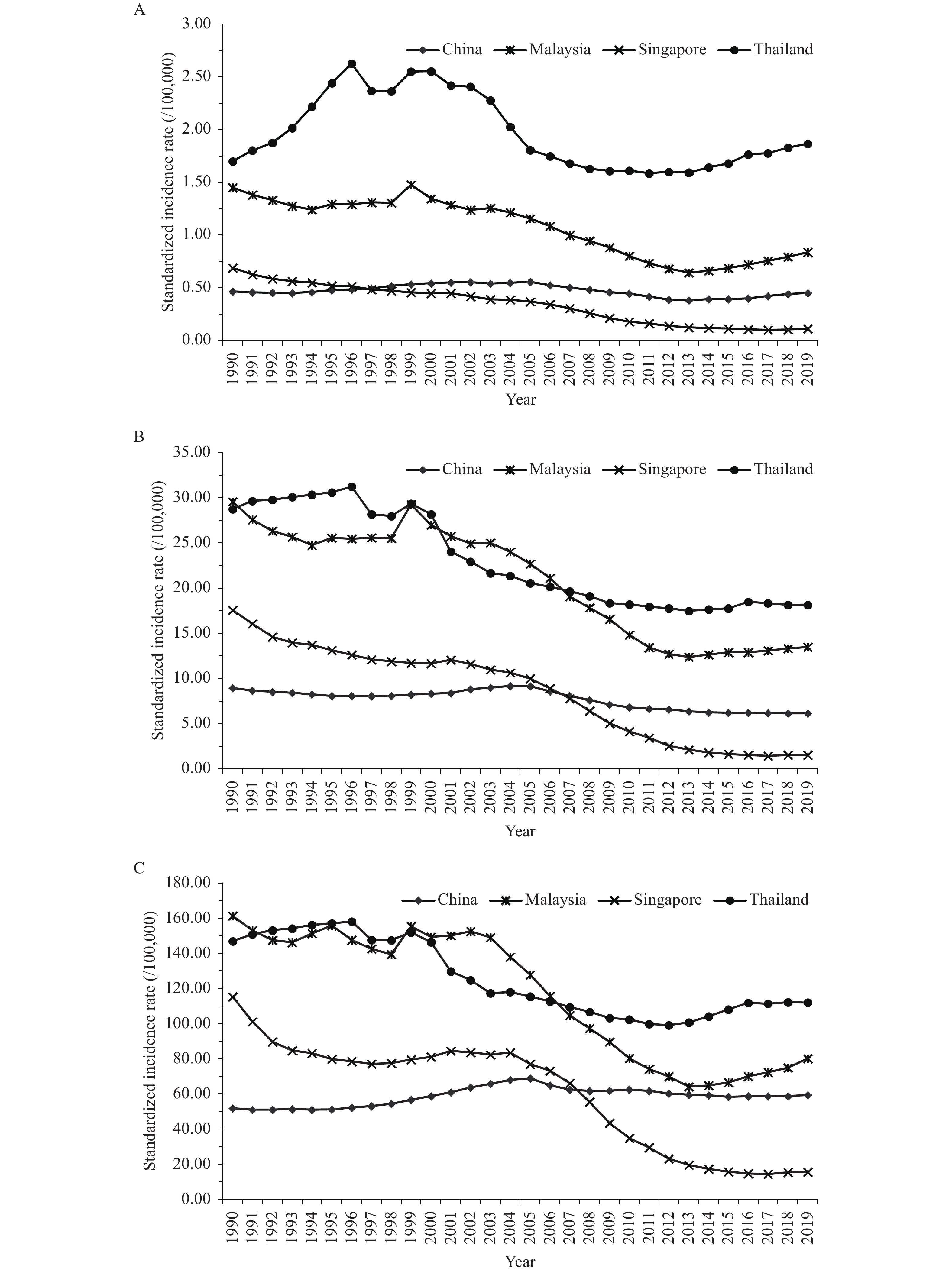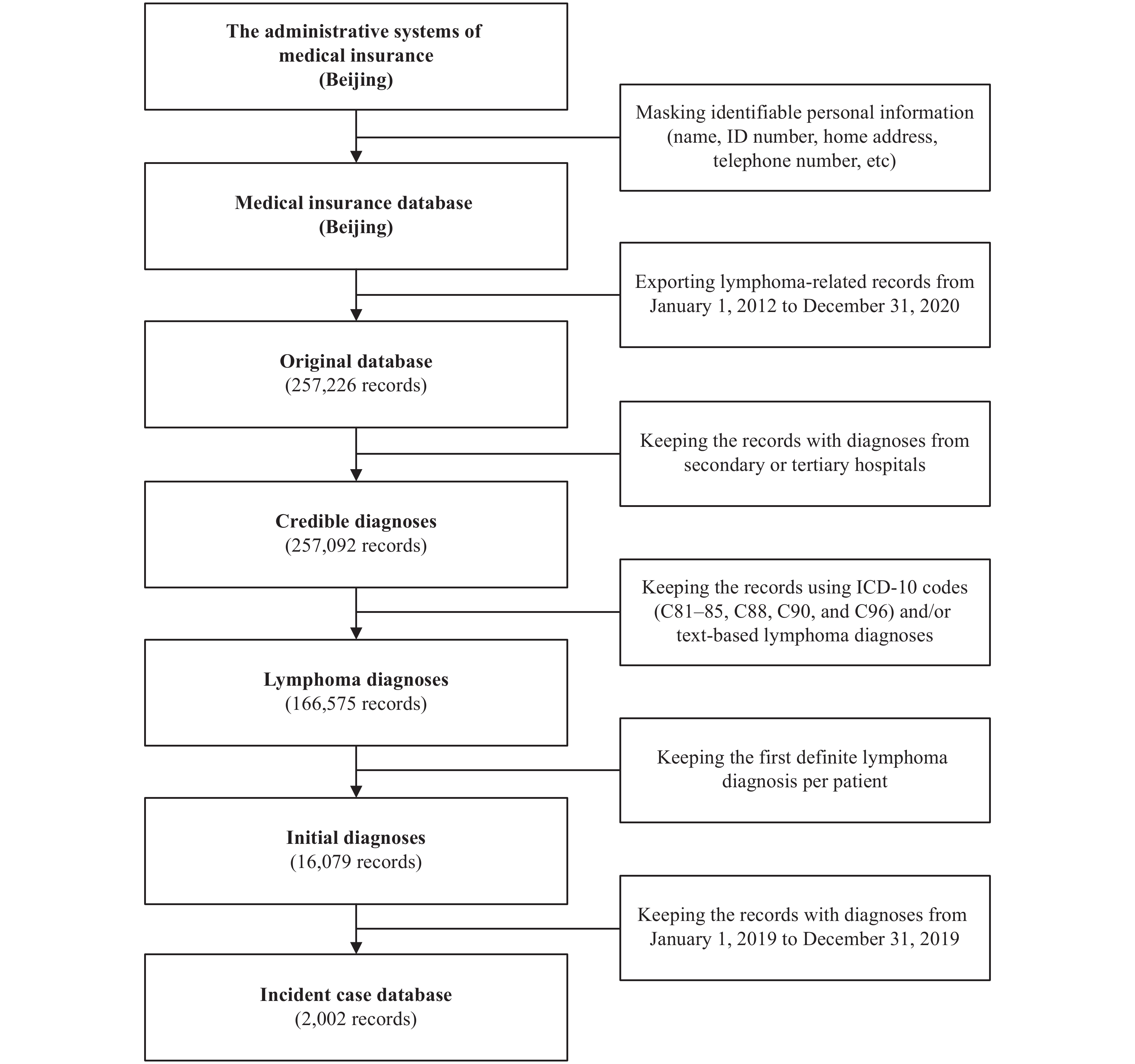2021 Vol. 3, No. 52
There were a total of 4 and 3 human plague cases that occurred in the Inner Mongolia Autonomous Region in 2019 and 2020, respectively, with 1 and 2 deaths in 2019 and 2020 respectively, which indicated that plague still poses a significant threat to human health especially for farmers, shepherds, or residents living in native plague foci.
On August 14, 2021, 1 patient from the Otog Qi (County) in the Inner Mongolia sought treatment in Yinchuan City (the capital of Ningxia Hui Autonomous Region), where the patient was diagnosed with bubonic plague and secondary septicemic plague. The genetic source tracking of associated Yersinia pestis strains indicated that human plague cases were infected from animal reservoirs in Inner Mongolia.
Major threats of plague to residents living in native plague foci are the infection by bites of bacterium-bearing fleas or direct contact with diseased or dead plague-infected animals. And the ability of early diagnostic is very critical for county-level hospital in native plague foci.
Roughly 80% of the global disease burden caused by diabetes comes from low-and-middle income countries, and 60% of diabetics are located in Asia; 6 of the top 10 countries with the highest prevalence of diabetes are in Asia.
Compared with 1990, the growth rate of the standardized incidence rate of type 2 diabetes in 2019 in China was significantly lower than that of the entire world, while Malaysia, Singapore, and Thailand all had a negative growth rate in incidence. A great difference was found by the 5-year growth of the standardized incidence rate of type 2 diabetes from 1990 to 2019 in the 4 selected countries.
Compared with the measures taken for comprehensive prevention and control of risk factors in Singapore, there is still a lot of work that needs to be done in China, Malaysia, and Thailand.
This study aimed to evaluate the performance of the Medical-Insurance-System-based Cancer Surveillance System (MIS-CASS) in estimating cancer incidence by comparing the results with the Beijing Cancer Registry (BCR), which is one of the highest-quality population-based cancer registries in China.
Using lymphoma as an example, we extracted relevant claims data from the administrative systems of medical insurance in Beijing (2012–2020) and estimated the most current lymphoma incidence in Beijing (2019) using a standard data processing procedure. The absolute number of new cases, crude incidence rate, and age-standardized incidence rate of lymphoma were compared with the latest data reported by the BCR (2017).
Both lymphoma incidence rates and age distribution of new cases estimated based on MIS-CASS were similar to the BCR data (crude incidence rate: 9.8/100,000 vs. 10.6/100,000). However, because MIS-CASS included more designated hospitals and covered a larger local stationary population irrespective of household registration (hukou), the absolute number of incident lymphoma cases identified by MIS-CASS was 39.1% higher than that reported by the BCR (2,002 vs. 1,439).
The MIS-CASS approach reflected the actual cancer burden in a more complete and timely manner as compared with the current BCR, providing new insights for improving cancer surveillance strategies in China.



 Subscribe for E-mail Alerts
Subscribe for E-mail Alerts CCDC Weekly RSS Feed
CCDC Weekly RSS Feed

